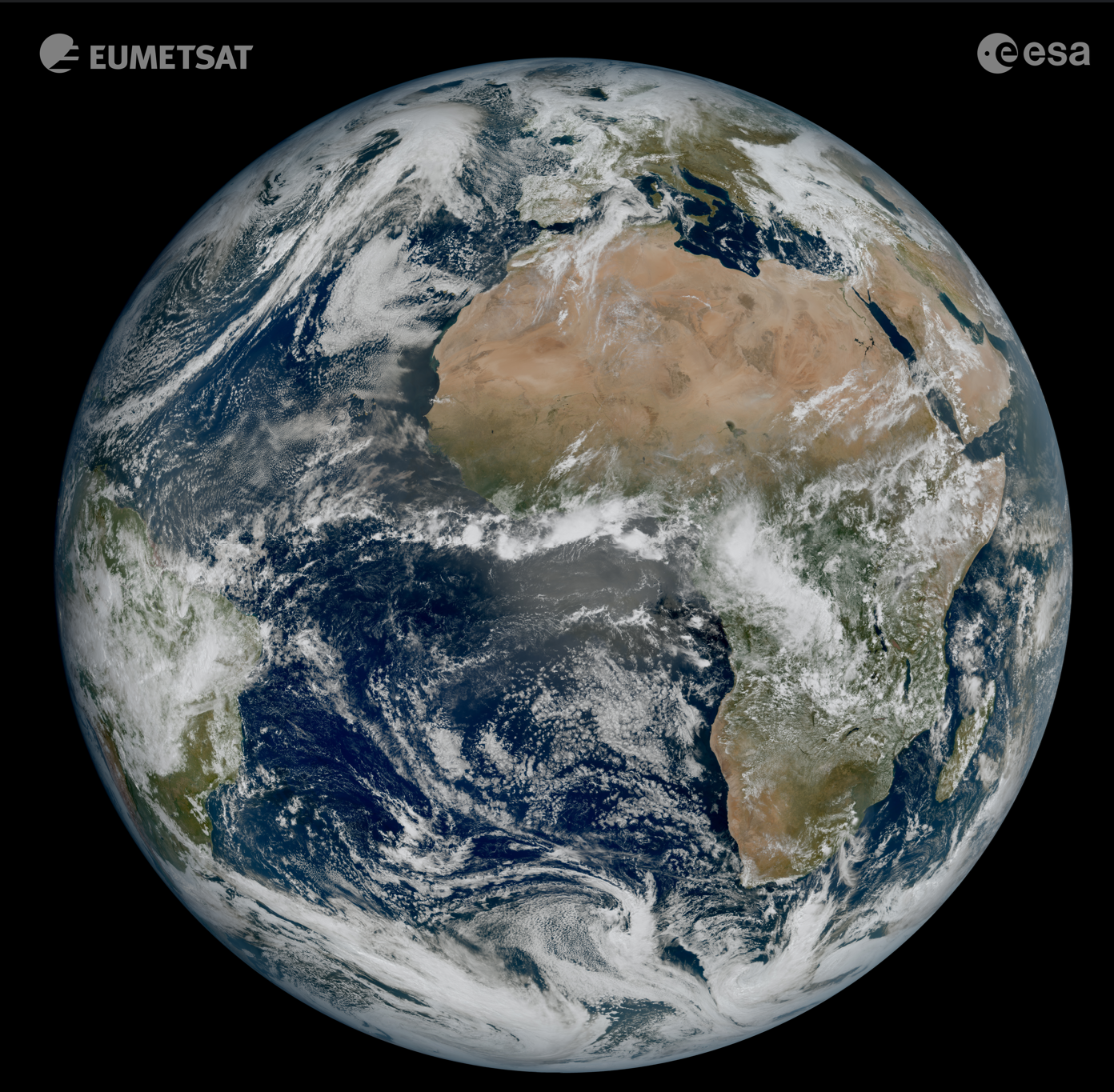Speaker
Description
We study the evolution of the stratospheric solid particle population with time using the longest time series of stratospheric sampling data from the NASA Cosmic Dust Catalogs.
Indeed, in 1981, the NASA Cosmic Dust Program was created to collect and study cosmic dust particles in the stratosphere between 18-20 km over the United States with campaigns running until the present time. The NASA WB-57 and ER-2 (and until 1986 the U-2) aircraft collect these particles on silicone oil covered plates. Particles typically larger than 5 microns are manually selected from the plates and characterized under optical and Scanning Electron Microscopes (SEM). Their elemental composition is measured by Energy Dispersive X-ray Spectroscopy (EDS). Based on these data, the particles are tentatively classified into 4 groups:
• Cosmic (C): originating from asteroids and comets;
• Terrestrial Contaminant Natural (TCN): from stratospheric injection of ash from volcanic eruptions and biomass fires, pollens, spores, salts, etc.
• Terrestrial Contaminant Artificial (TCA): from re-entry of space objects such as satellites, rocket bodies, and space debris;
• Aluminum Oxide Spheres (AOS): from Solid Rocket Motors exhaust.
5070 particles were selected, analyzed, curated and the corresponding data were published in the NASA Cosmic Dust Catalogs, covering the period 1981-2020.
Our work has revealed that the population of TCA in these catalogs has increased in the last 10 years. However, the amount of collected AOS has decreased since the end of the Space Shuttle Program in 2011.
We have developed a digitalization and numerical pre-processing of the EDS spectra of the particles to allow intercomparison between different catalogs. We have explored these digitized spectra with multivariate analysis techniques (Principal Component Analysis) and generated non-linear 2D projections of these multidimensional scatter plots. EDS spectra of natural minerals and pure elements were added in the dataset as references to help the interpretation and to identify particles of similar composition. Finally, an automated clustering was used to identify new compositional groups of particles. Hence, we can better relate these compositional groups to the possible origins of the particles and calculate new statistics. For example, using the ~1000 particles published in Catalog 18, we can separate volcanic ash (similar to Rhyolitic glass) and S-rich volcanic ash, chondritic particles from undifferentiated asteroids and comets, and particles coming from differentiated asteroids, from spacecraft paints (Cd/Zn-rich), from electronics (Cu/Si-rich), satellite structures (Al-rich with other metals), solid rocket motors (aluminum oxide spheres) and other.

